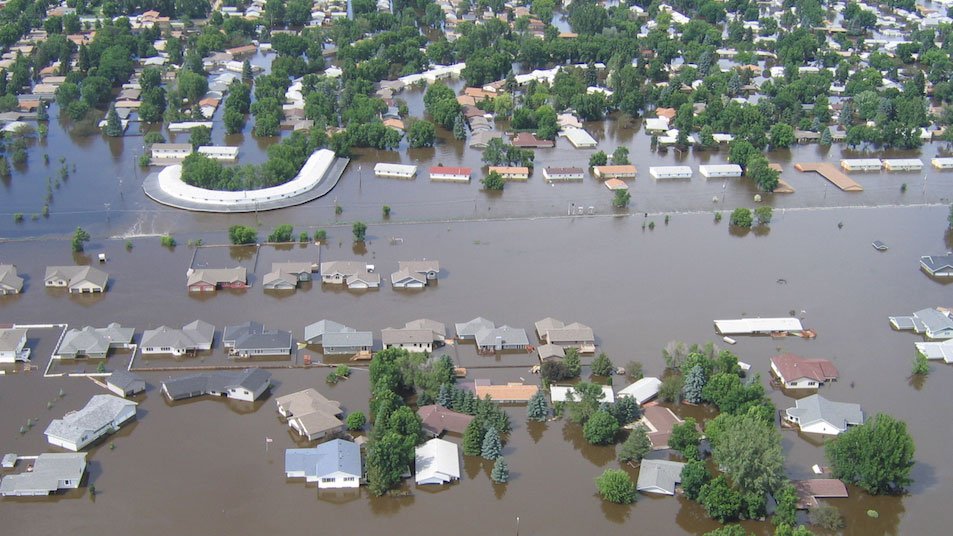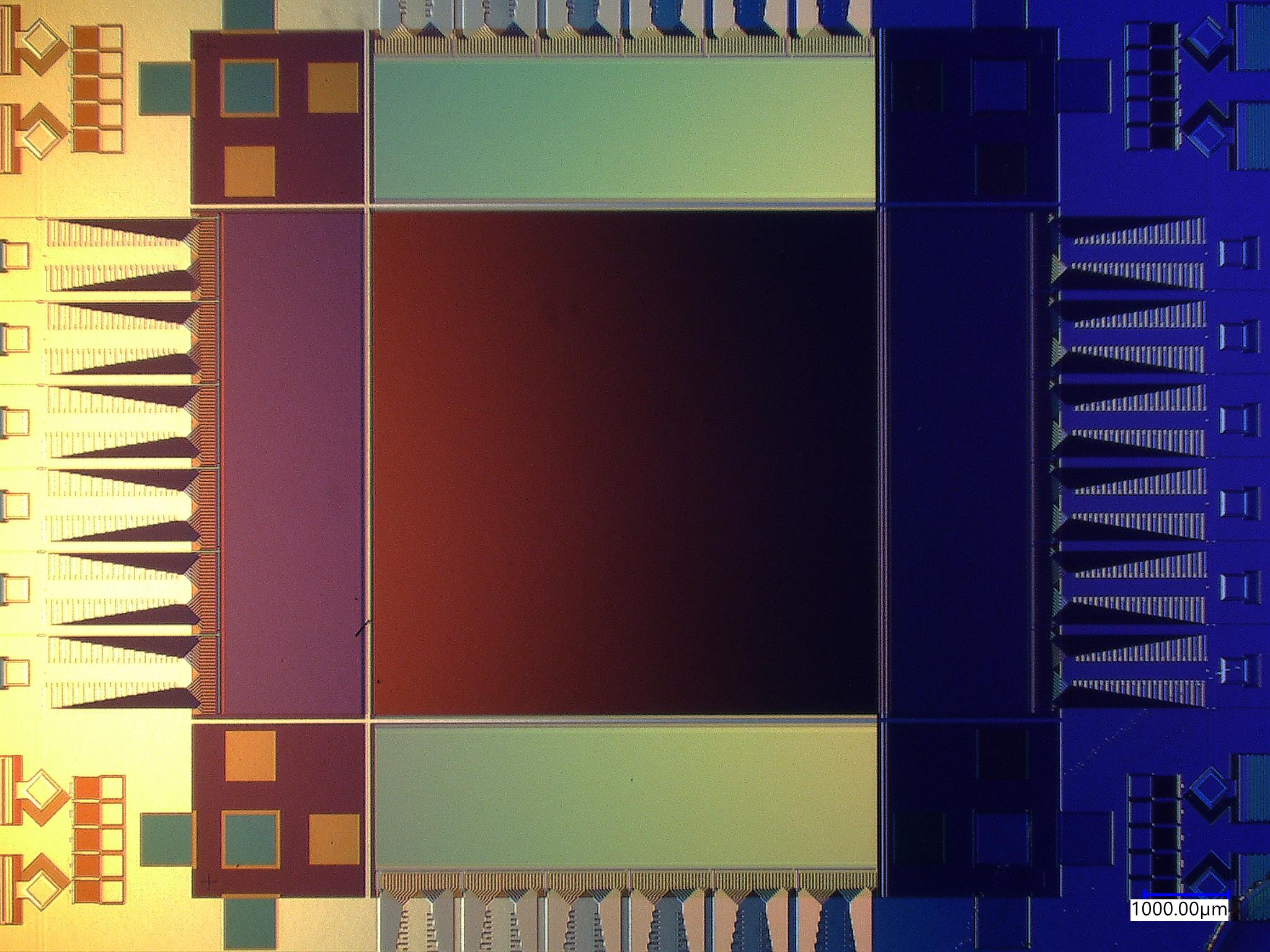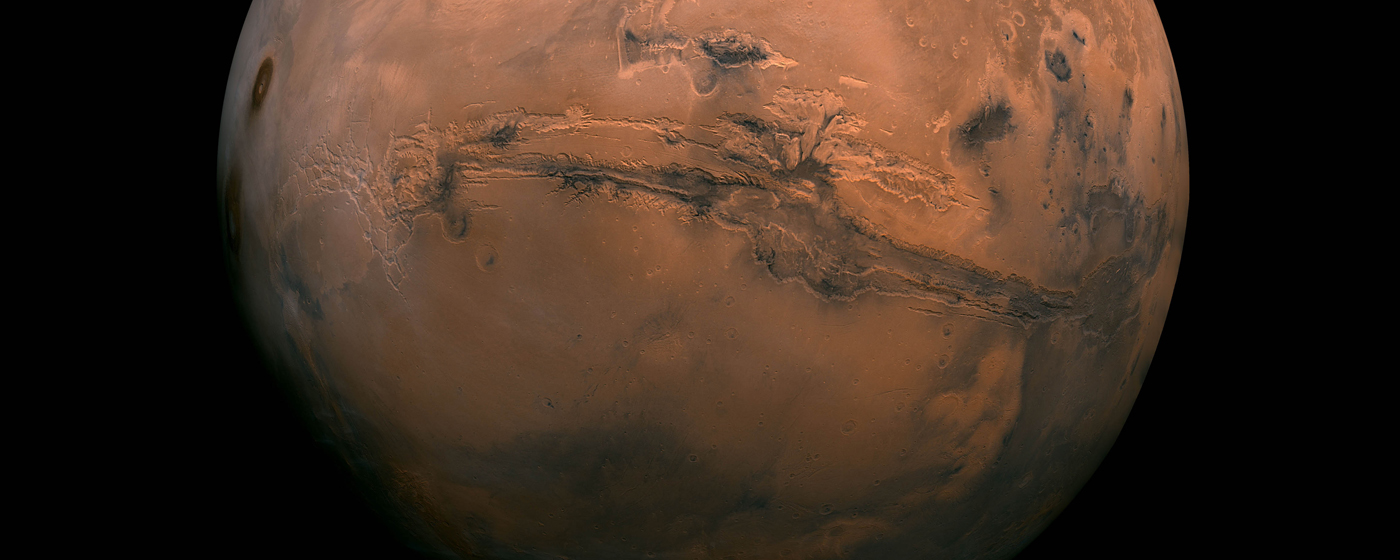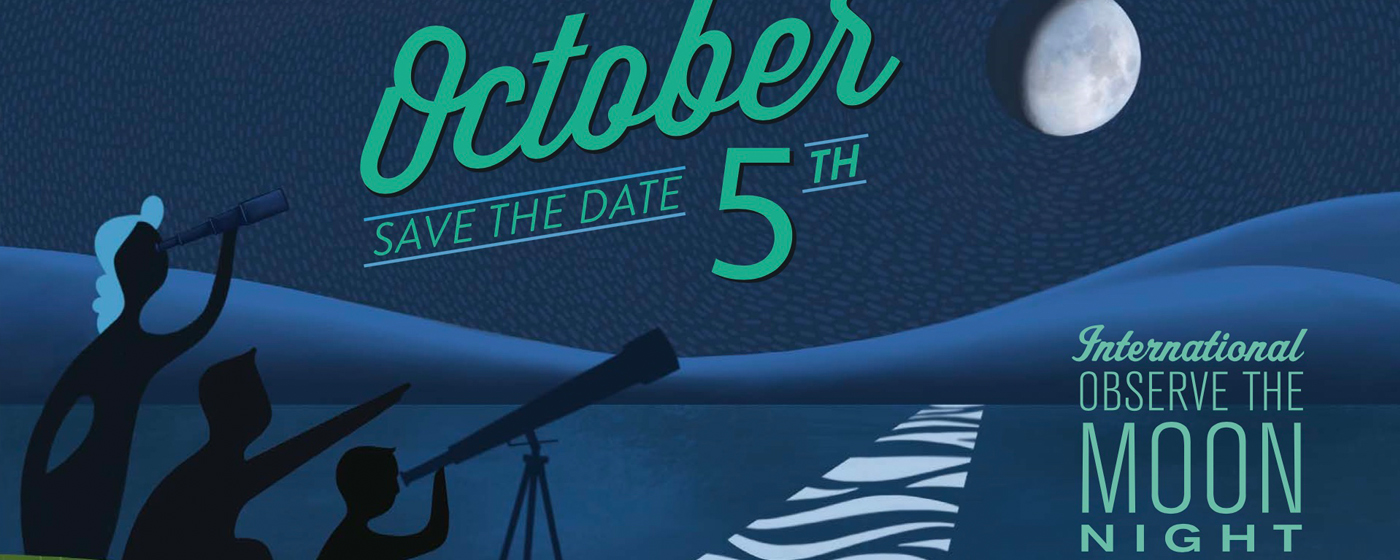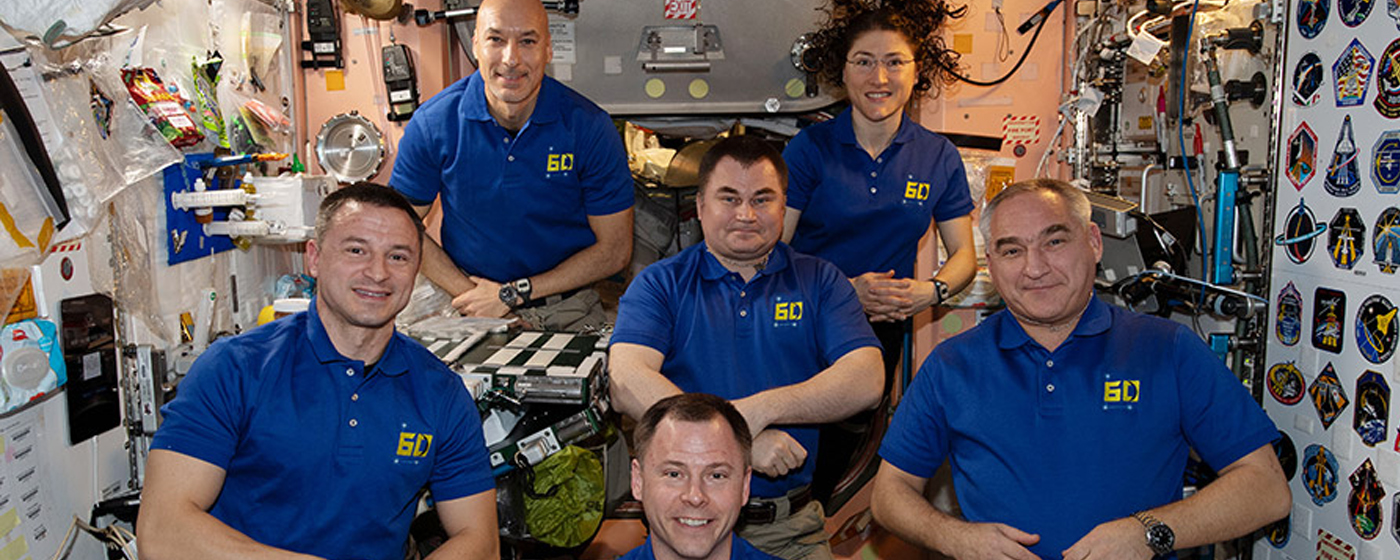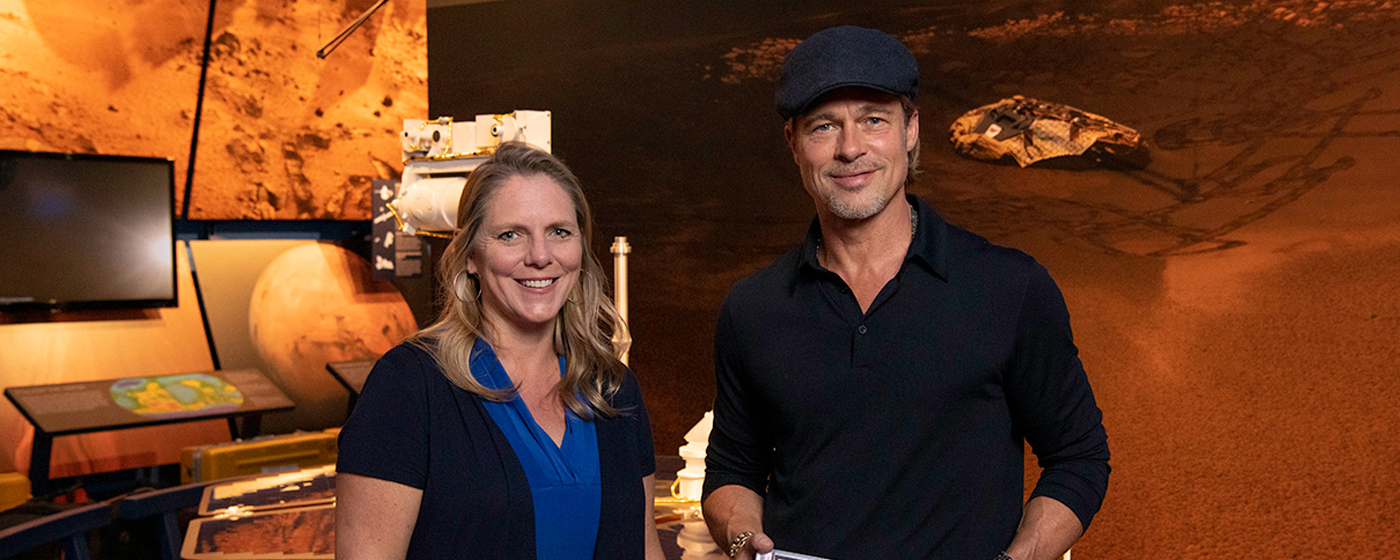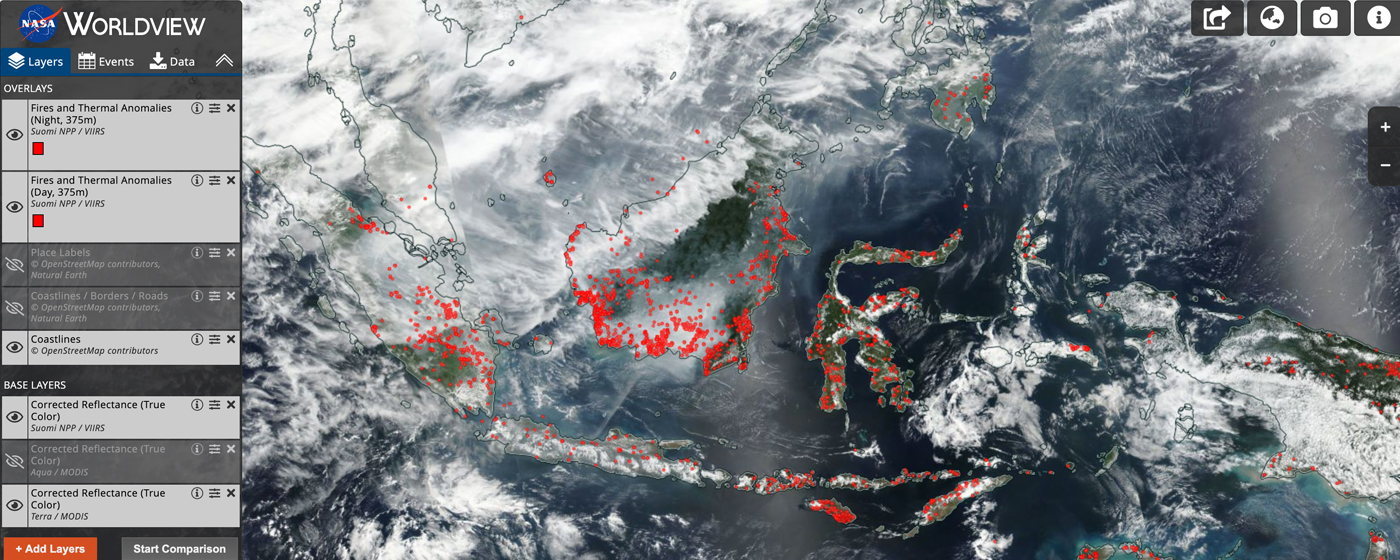Carbon Dioxide Conversion Challenge Could Help Human Explorers Live on Mars
Phase 2 of NASA’s CO2 Conversion Challenge invites the public, academia and industry to build a system that demonstrates the conversion of CO2 in combination with hydrogen — without the use of plants — to produce simple sugar molecules known as D-sugars. The CO2 Conversion Challenge is part of Centennial Challenges, managed at NASA’s Marshall Space Flight Center in Huntsville, Alabama.
Watch the Skies: Out With the Harvest, In With the Hunt
In the wake of the beautiful Harvest Moon seen Sept. 14, Earth’s satellite now enters its waning phase, shrinking slice by slice into a visible semicircle as the rotating Earth spins around the Sun and its shadow is cast past us onto the Moon.
Space Science Seeks Therapies for Aging, Muscle Conditions
Astronauts living in space have shown signs of accelerated aging and scientists are looking to understand why. The crew has spent all week observing mice aboard the station since they show similar physiological changes in microgravity. Marshall manages science operations for the space station.
Deadline Closing for Names to Fly on NASA’s Next Mars Rover
It’s the final boarding call for you to stow your name on NASA’s Mars 2020 rover before it launches to the Red Planet. The Sept. 30 deadline for NASA’s “Send Your Name to Mars” campaign gives the mission enough time to stencil the submitted names — over 9.4 million so far — on a chip that will be affixed to the Mars 2020 rover.
Airborne Campaign the First to Sample Borneo Fire Smoke in Detail
NASA’s P-3B science aircraft tracked smoke particles from Borneo fires and their atmospheric interactions as part of the Cloud, Aerosol and Monsoon Processes Philippines Experiment’s nearly two-month-long investigation on the impact that smoke from fires and pollution have on clouds, a key factor in improving weather and climate forecasts. Marshall scientists developed one of the instruments particpating in CAMP2EX — the Advanced Microwave Precipitation Radiometer.
For more information or to learn about other happenings at NASA’s Marshall Space Flight Center, visit NASA Marshall. For past issues of the ICYMI newsletter, click here.




